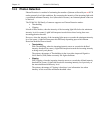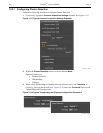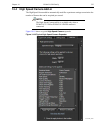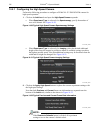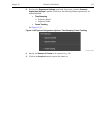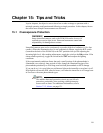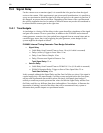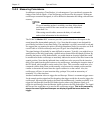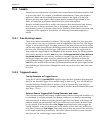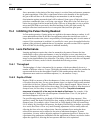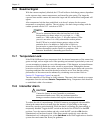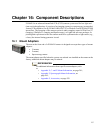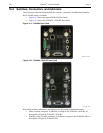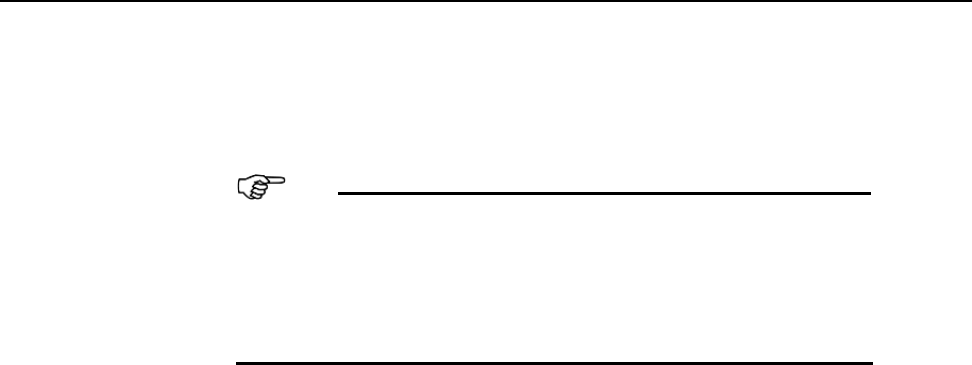
Chapter 15 Tips and Tricks 231
15.2.2 Measuring Coincidence
In addition to preparing a Time Budget, it is advantageous if you can directly measure the
timing of the critical signals. A fast oscilloscope can be used for this purpose. Without an
oscilloscope to monitor the signals, it will be difficult to determine the timing with sufficient
accuracy.
TIP:
If a set of matching probes is available, use them. Major brand
oscilloscope probes of the same model are usually matched to
better than 1 ns.
When using coaxial cables, measure the delay of each cable
and use that information in the calculations.
The PI-MAX4
Monitor BNC connector provides a pulse coincident with respect to the
actual intensifier photocathode gating by ±5 ns. Note that this output is not designed for
good fidelity but rather for accurate timing. The amplitude is typically more than a volt and
we suggest that you monitor the pulse with a high impedance probe (you can also use 50
coaxial cable to a 50 oscilloscope and you will get a lower amplitude pulse.)
The signal timing will probably be more difficult to measure. Typically, you might divert a
small portion of the laser beam using a pellicle mirror located near the sample position. By
directing the beam to a PIN diode module, you could obtain an electrical signal that could
be monitored with the oscilloscope to accurately indicate the arrival of the laser beam at the
sample position. Note that the indicated time would have to be corrected for the insertion
delay of the path from the pellicle mirror to the oscilloscope, including the insertion time of
the PIN diode, which might be on the order of the 10 ns. This correction would have to be
compared with the delays that would normally exist between the sample position and the
camera to determine the actual time the signal would arrive at the camera. Also, the
oscilloscope will have its own insertion delay, perhaps 20 ns, and an uncertainty of
nominally 1% of the time base.
Another consideration is how to trigger the oscilloscope. If there is a common trigger source
for the sample position signal and for the gating, that trigger could also be used to trigger the
oscilloscope, allowing both signals to be observed simultaneously. Another possibility is to
trigger the oscilloscope from the PIN diode signal to observe the Monitor signal, or to
trigger the oscilloscope from the Monitor signal to observe the PIN diode signal. The signal
that occurs first would have to be used as the oscilloscope trigger.
This is not necessarily
always the case. Digital oscilloscopes can display signals that occur before the
trigger.



